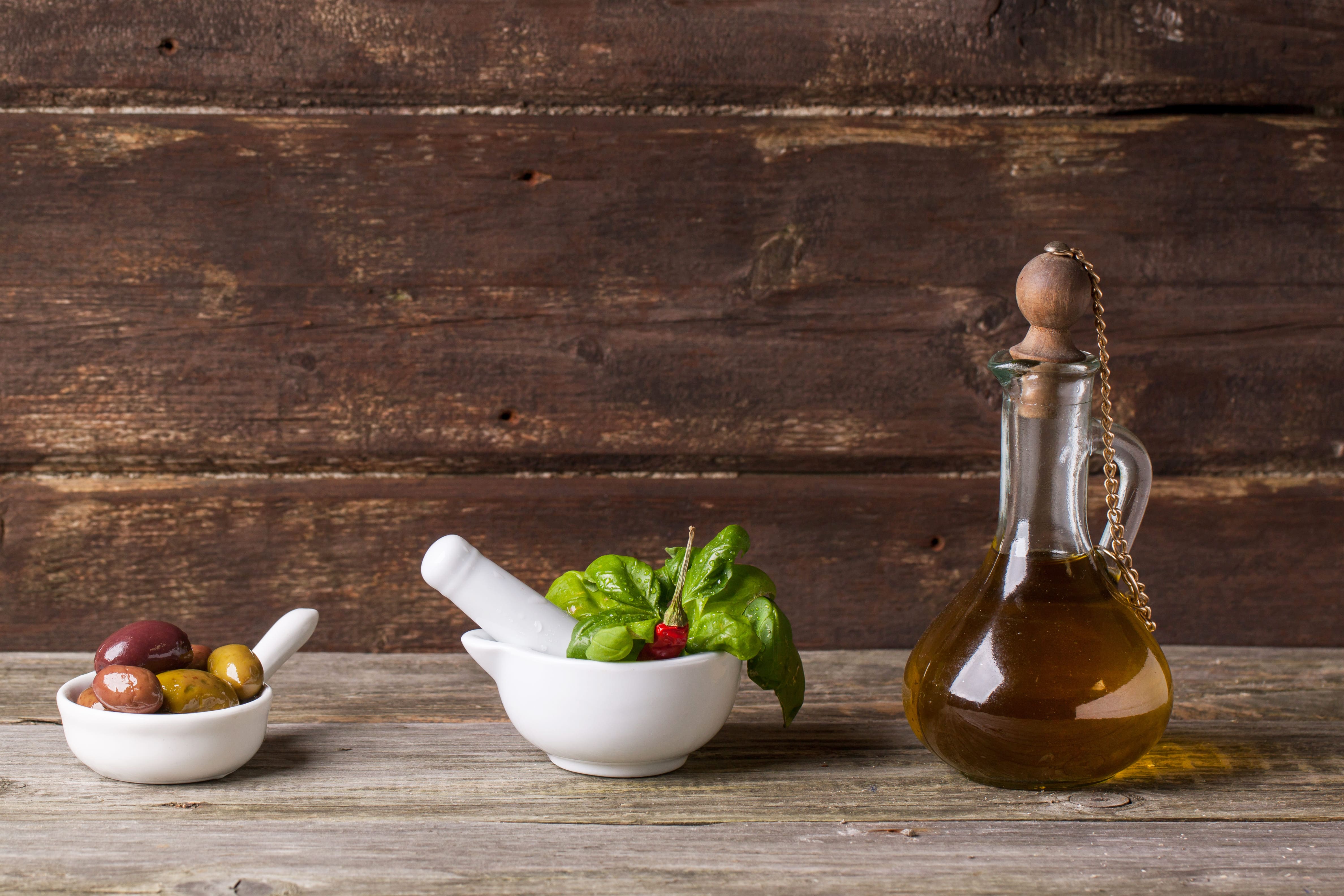Uncovering Oil’s Ability to Function as Flavor Source
An expert in the marine catering industry should appreciate the basic features of the different flavored oils. The extraction process plays a key part in production of the type of oil obtained from an herb or a flavorful plant, such as the chili pepper. Production of infused oils demands the capture within an oil drop’s structure of the flavor locked inside of a nontoxic, but typically uneaten portion of a harvested food product. Recently, the chefs in restaurants have begun to experiment with their own version of some type of infused oil. For example, one chef has created a special type of olive oil. It features the result of infusing olive oil with oils from kalamato olives, along with the oily extract from black garlic. The professional at a maritime catering company can benefit from learning why chefs have shown an interest in oil’s ability to capture, through the infusion process, the aroma and flavor of an appealing substance. The infused liquid (oil) provides a cook with a means for delivery of a precise dose of a concentrated taste. At the same time, it allows for introduction of a flavor that can be blended into the tasty mix.
How oil’s flavor can get enhanced Infusion represents one of three different processes that can be used to flavor an oily liquid. One of the other two, extract has already been mentioned. The third of the trio of processes is tincturing. Each of those processes aids movement of flavor into an oily substance. Each of them also relies on the existence of a basic fact, on that no expert in marine catering services can afford to ignore. A flavor-filled molecule seems to prefer a non-polar environment, such as the non-polar structure in a fat or an oily liquid. Water can be used to obtain and hold a flavor for a limited period of time. Indeed, a flavor’s ability to become more concentrated results from the fact that flavor-filled molecules can be captures in water. Yet as soon as the flavored water comes in contact with oil, those same molecules move into the preferred environment.
One versatile recipe for creation of specialty oil
One chef’s recipe for coriander seed oil provides any cook with the guidelines for making several different kinds of specialty oils. The recipe calls for placement in a blender of a group of coriander seeds, along with enough oil to equal 2 times the seeds’ weight. The cook should then blitz those two substances together. The resulting mixture must then marinate in the refrigerator. After it has marinated for 24 hours, the mixture produced by the blitzing action needs to be filtered. I must be strained by using either a coffee filter or 3 layers of cheese cloth. The entire procedure ensures a cook with the ability to demonstrate great versatility. The professional at a marine catering company ought to realize that a chef welcomes the chance to demonstrate his versatility. In this case, an entire series of specialty oils can be created by replacing the coriander seeds with a selected substance, one known to contain lots of flavor-filled molecules. For example, hojicha tea or lemon verbena can be added to the blender, and blitzed, along with the non-polar liquid (oil). Once it has been created, any single one of the specialty oils can be used in various ways. It can be drizzled on root vegetables, added to poached chicken or fish, or introduced into dressings, stews or soups. Hence, by working with professionals in the marine catering industry, an innovative on-board chef can prepare dishes that are sure to please the team on a cargo vessel.

